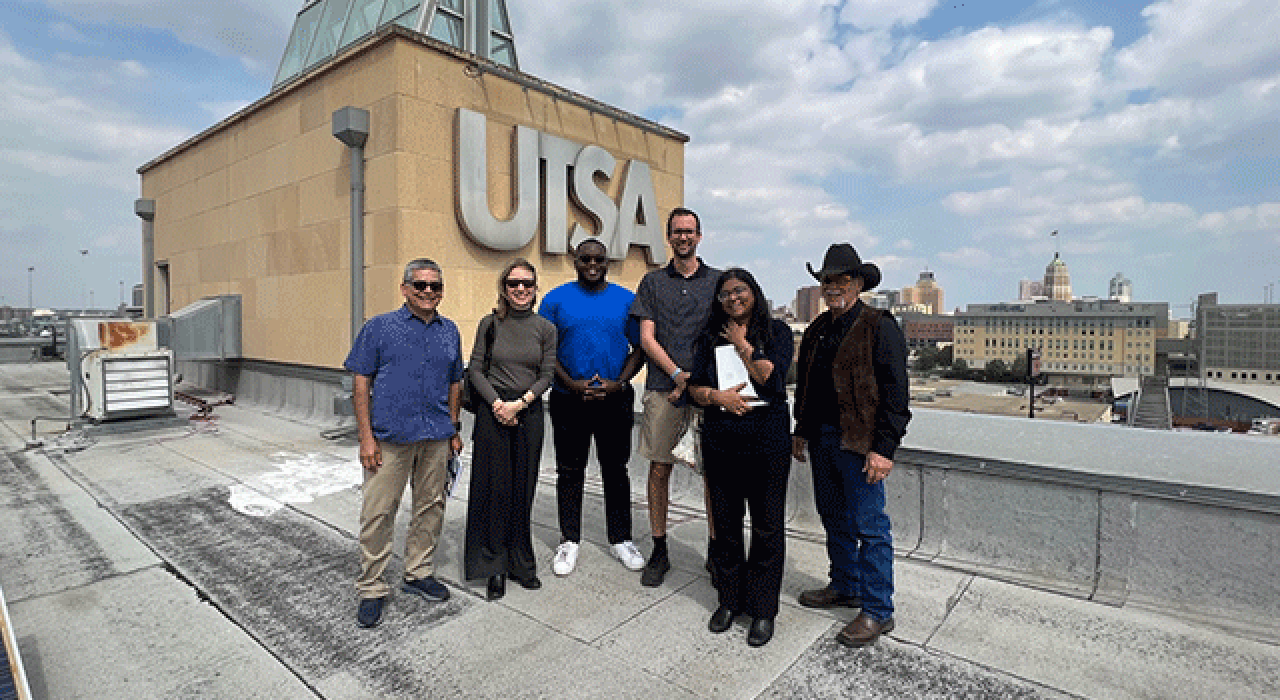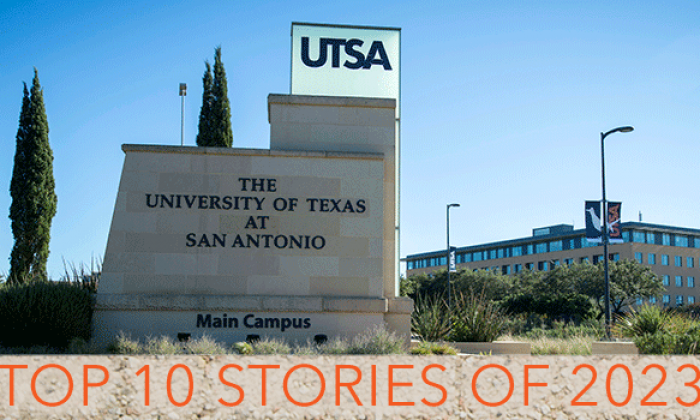OCTOBER 12, 2023 — Atop the Durango Building on UTSA’s Downtown Campus will soon sit an instrument connecting UTSA to a global monitoring network of atmospheric pollution.
A five-year, $590,017 NASA grant is supporting the project, led by Alberto Mestas-Nuñez, associate professor of instruction in the UTSA Department of Earth and Planetary Sciences.
The project will make UTSA part of the NASA Pandora Project as well as a member of the Pandonia Global Network of stations, which is a joint effort between NASA and the European Space Agency to provide long-term measurements of air quality and atmospheric composition to calibrate satellite sensors.
UTSA is among 15 Minority Serving Institutions partnering with NASA to expand research opportunities in earth sciences.
“This is a great opportunity. There’s a lot to learn,” Mestas-Nuñez said. “To have this instrumentation in San Antonio at UTSA, collaborating on this global project, will surely help us attract new students to our education and research programs and potentially help us develop new programs.”
“To have this instrumentation in San Antonio at UTSA, collaborating on this global project, will surely help us attract new students to our education and research programs.”
The Pandora Project uses spectroscopy to study ultraviolet and visible wavelengths of light to determine the composition of the atmosphere and its interactions with the Earth’s environment. The ground-based networks are unique with the ability to measure total column and vertical profiles, observing different layers of the atmosphere at once.
Mestas-Nuñez is working alongside fellow UTSA faculty members Daniel Pineda, assistant professor of mechanical engineering; Geography and Environmental Sustainability Assistant Professor Neil Debbage; and Mechanical Engineering Professor Kiran Bhaganagar. Also on the team are UTSA Environmental Science and Engineering doctoral student Iyare Oseghae and UT-Rio Grande Valley Professor Amit Raysoni.
UTSA researchers will be tasked with maintaining the device to ensure quality data is collected. The data will be transmitted to the central server of the Pandonia Global Network, where it will be processed and made available in real-time to the public. Levels of ozone, nitrogen dioxide and formaldehyde in the atmosphere will be studied by combining the observations measured by the network with those from Earth-observing satellites.
“We’ll use the data after the algorithms have been applied to convert the spectrometer sunlight measurements into gas concentrations—which is what we need,” Mestas-Nuñez said. “We will get a good handle on the pollution in the air and be able to study air quality and the processes associated with it. For example, we could study where the air pollution is coming from, where it is going, as well as what time of the day, day of the week, or month of the year the pollution is most prevalent.”



